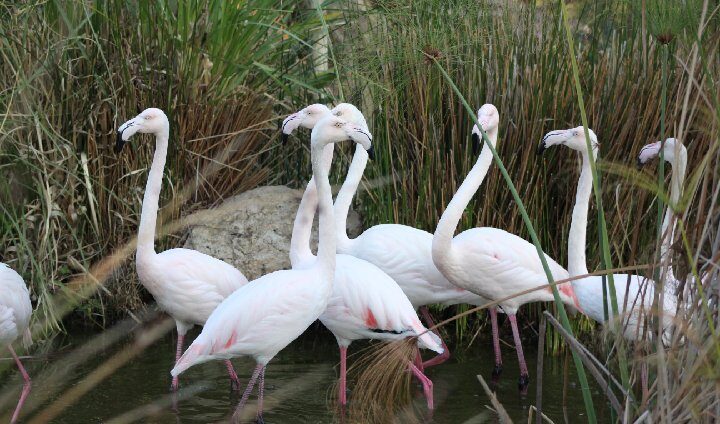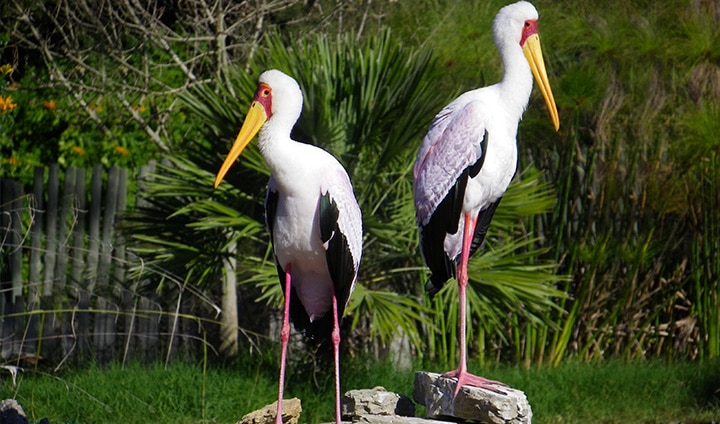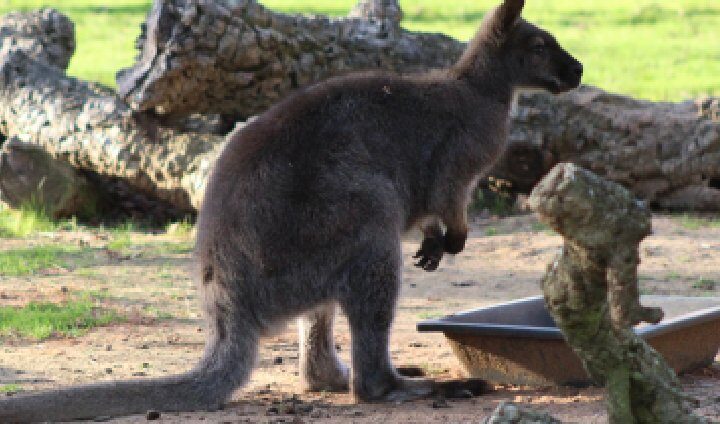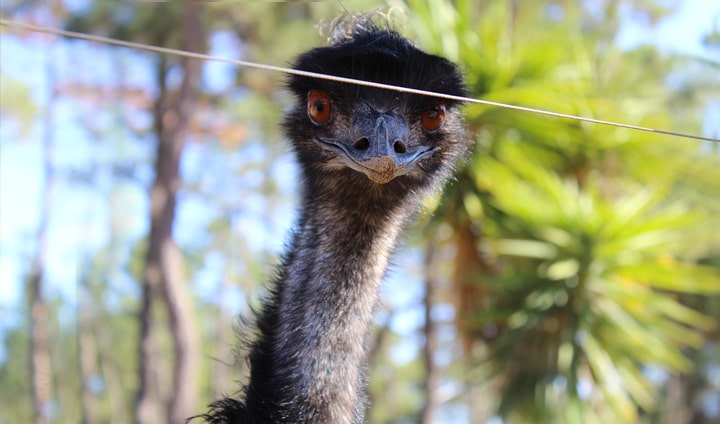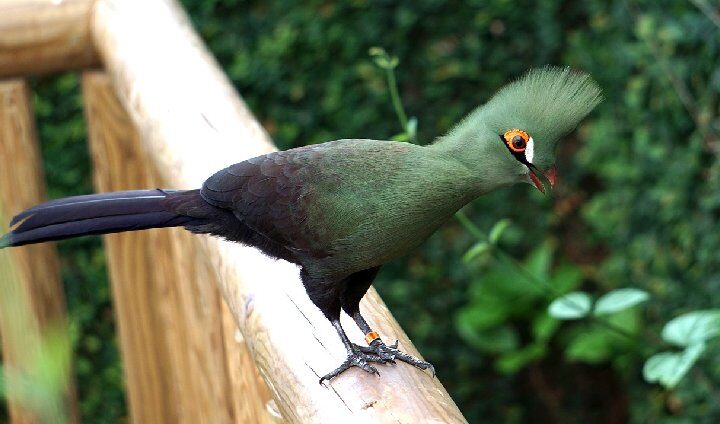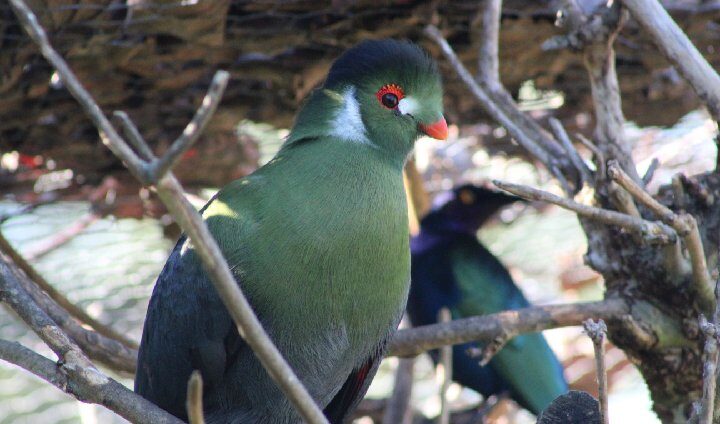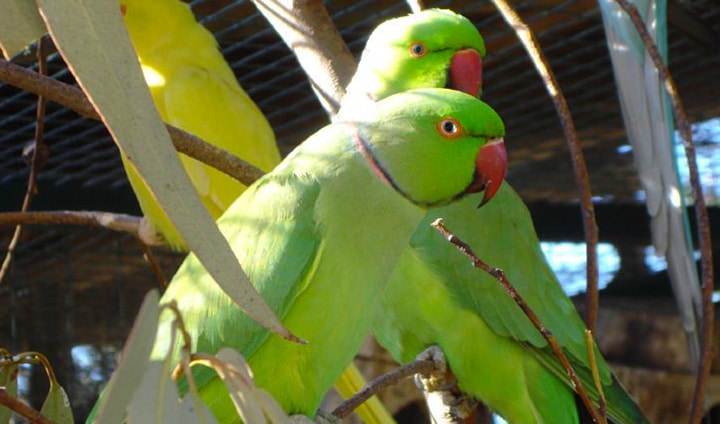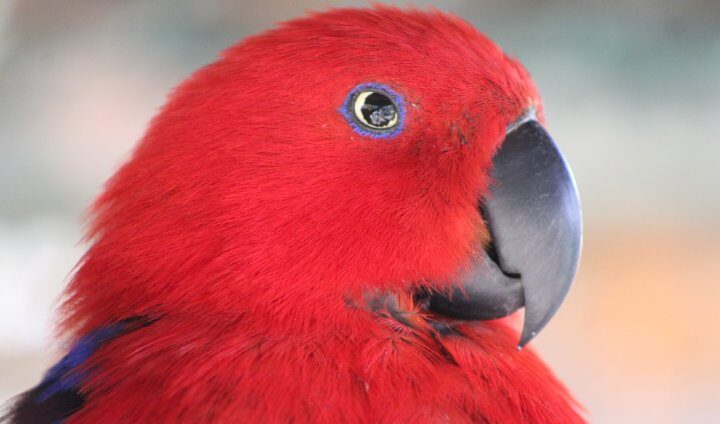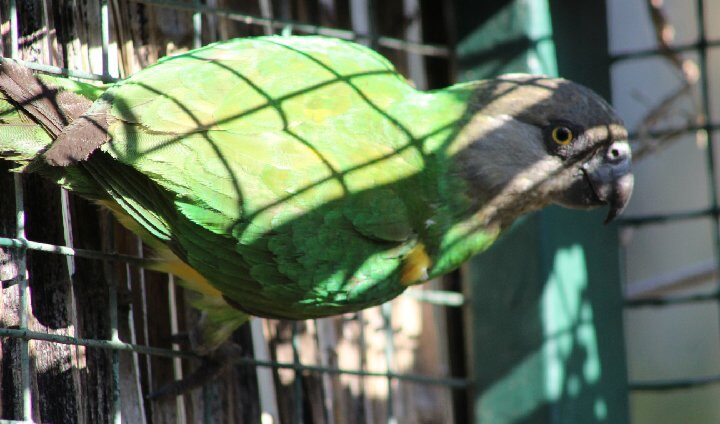Habitat and Geographical Distribution: Inhabit shallow wetlands, dams, barrages, lagoons or rice paddies. Found on almost all continents; from the Galapagos to India, Caribbean, Mediterranean basin, the African and Middle Eastern coasts. In Europe their distribution is mainly limited to... READ MORE.
Animals
Yellow-billed Stork
Habitat and Geographical Distribution: Widespread in regions south of the Sahara; also found in Madagascar. Diet: Based on aquatic prey, such as invertebrates, amphibians and fish. Reproduction: Colonial birds. Mating usually begins at the end of the dry season. Nests... READ MORE.
Bennett’s Wallaby
Habitat and Geographical Distribution: Eucalypt forests and pastures in the coastal areas of Australia. Diet: Herbivores. Diet consists of shoots and branches of herbs and shrubs, that they forage at dusk and during the night. Take advantage of the water... READ MORE.
Common Emu
Habitat and Geographical Distribution: From woods and dense thickets, to prairies and open areas. Diet: Omnivore, based on fruits, seeds and insects. Reproduction: Mates around December-January, laying eggs as of February. Generally lay 5-15 eggs in a depression in the... READ MORE.
Guinea Turaco
Habitat and Geographic Distribution: Ivory Coast, Ghana. Diet: Frugivorous; fruits and plant matter. Reproduction: Reach sexual maturity at 2 years of age. The female lays 2 to 3 eggs, incubation lasts on average 2 to 3 weeks, and the parents... READ MORE.
White-cheeked Turaco
Habitat and Geographic Distribution: Native to Sudan, Ethiopia and Eritrea. Found in juniper forests in mountainous regions. Diet: Frugivorous. Feed on a large number of fruits and berries. Also eat some insects and occasionally small reptiles. Reproduction: Monogamous species. Reproductive... READ MORE.
Ring-Necked Parakeet
Habitat and Geographic Distribution: From semi-desertic savannahs and shrublands to diverse forests, up to 1600 m in altitude. Diet: Based on seeds and fruits of trees, such as acacia and fig trees, harvested during the day. In Asia, it is... READ MORE.
Ecletus Eclectus Parrot
Biological Characteristics: Display sexual dimorphism. Males have green plumage with touches of blue, their wings are green and their beak is yellow. Females have red plumage, with touches of violet and their beak is black. Habitat and Geographic Distribution: Forests... READ MORE.
Senegal Parrot
Habitat and Geographic Distribution: Plains and savannahs of West Africa. Diet: Frugivorous and Granivorous. They feed on fruits, seeds and grains. They also eat carob pods and the shoots on young trees. Reproduction: They nest in the cavities of trees.... READ MORE.



